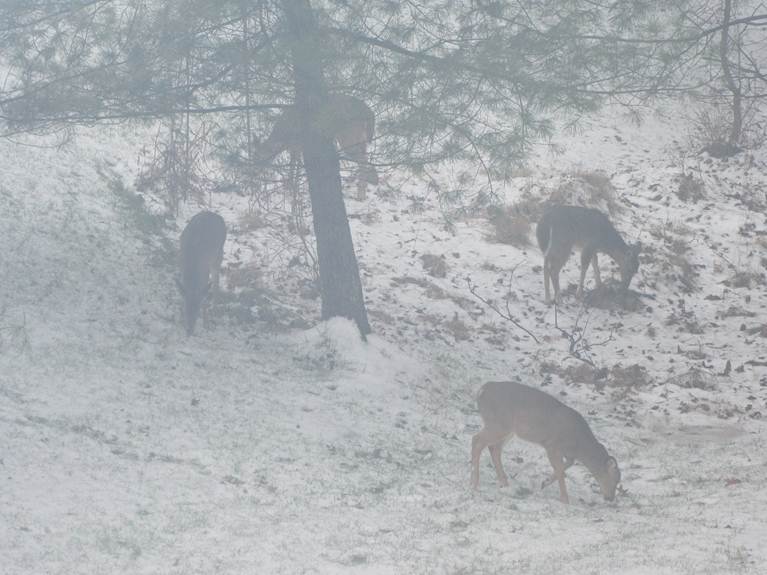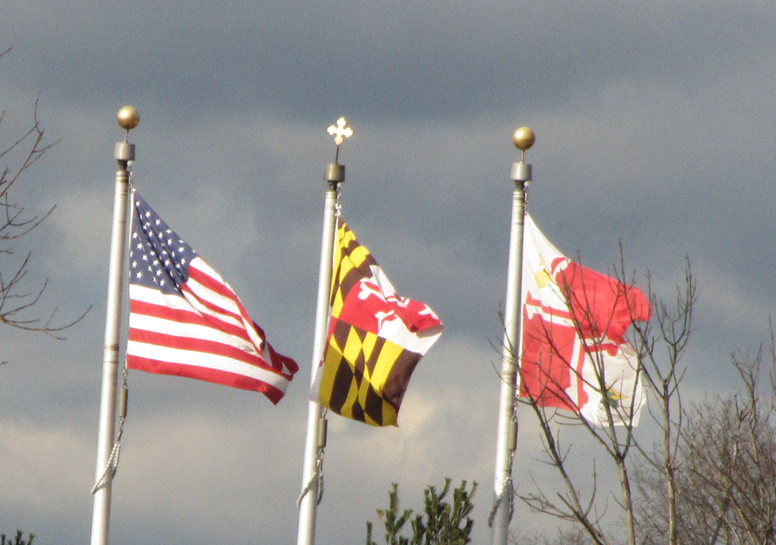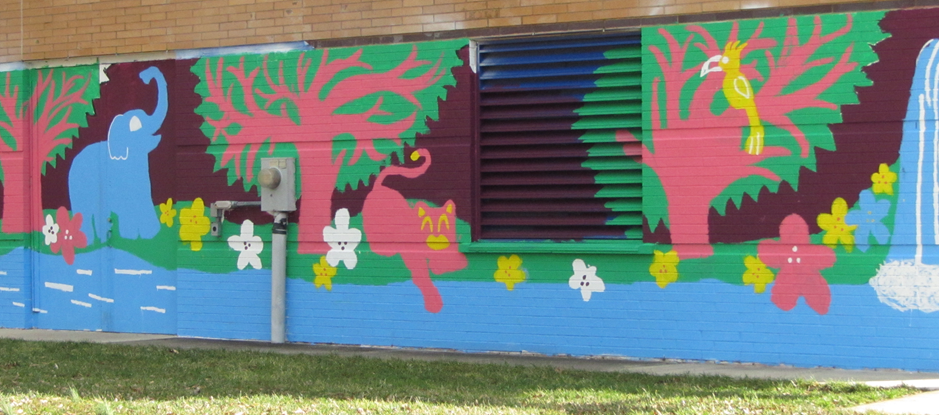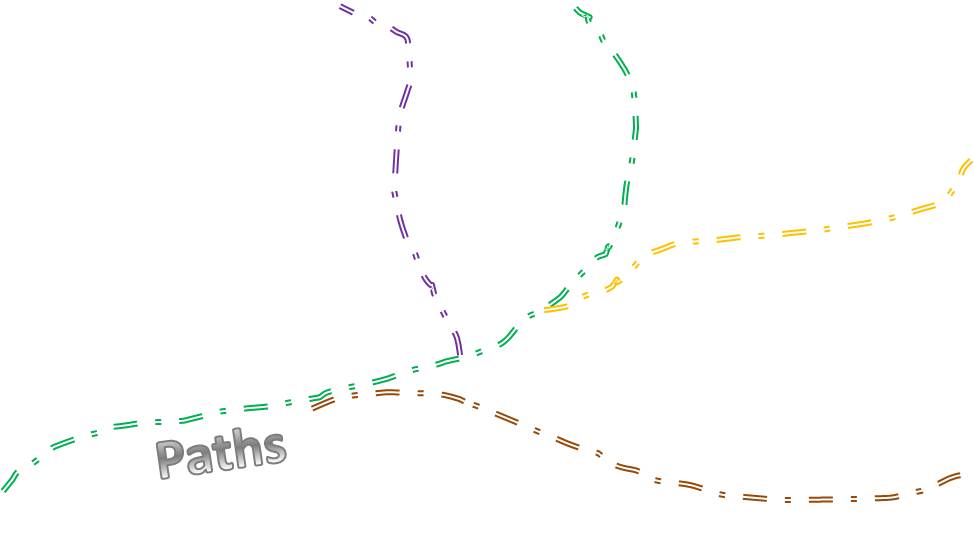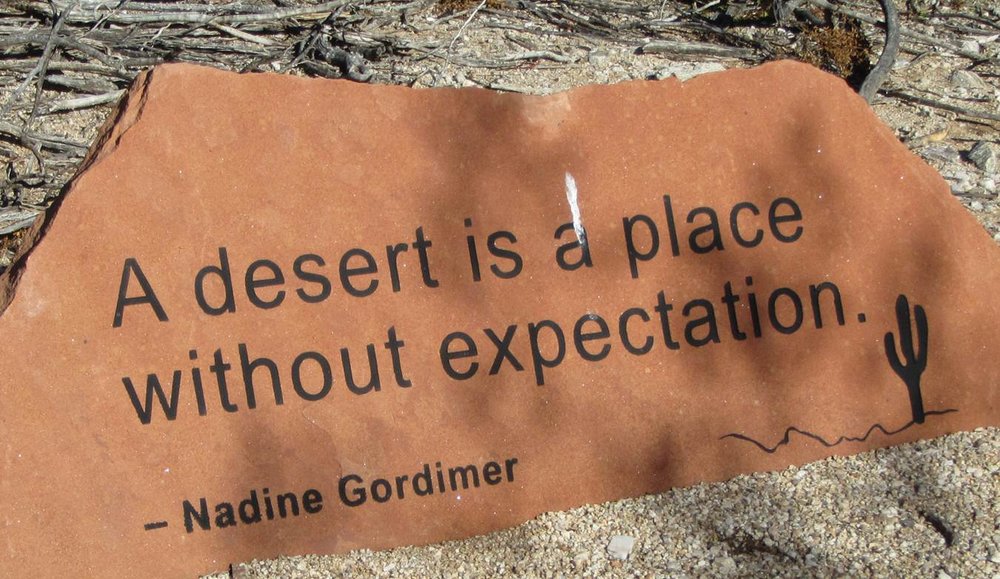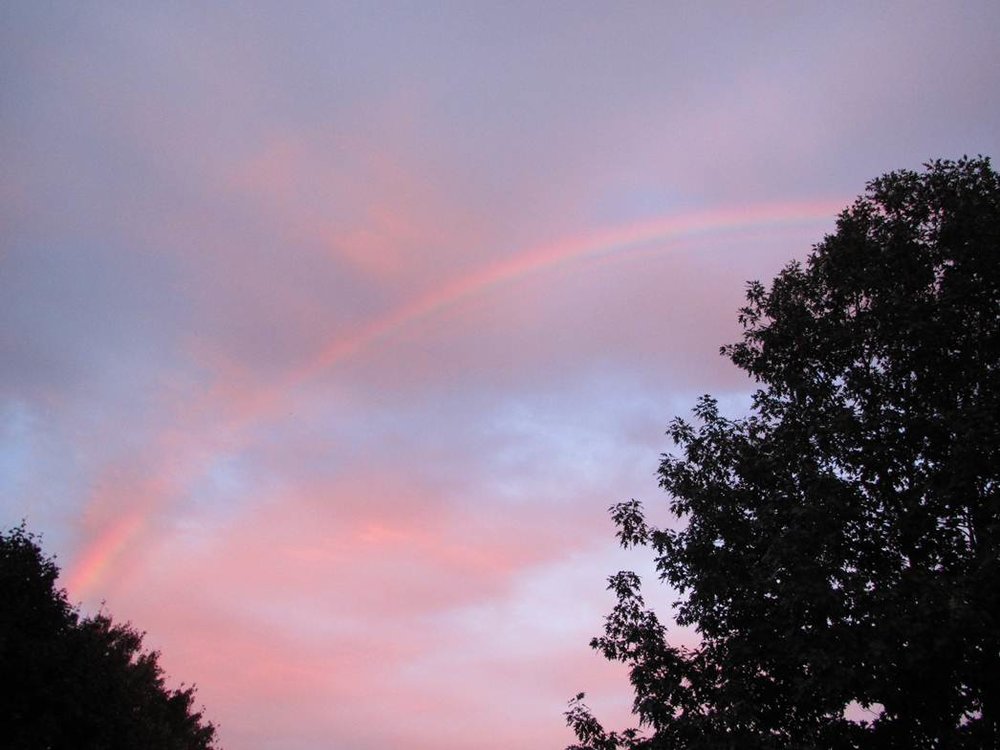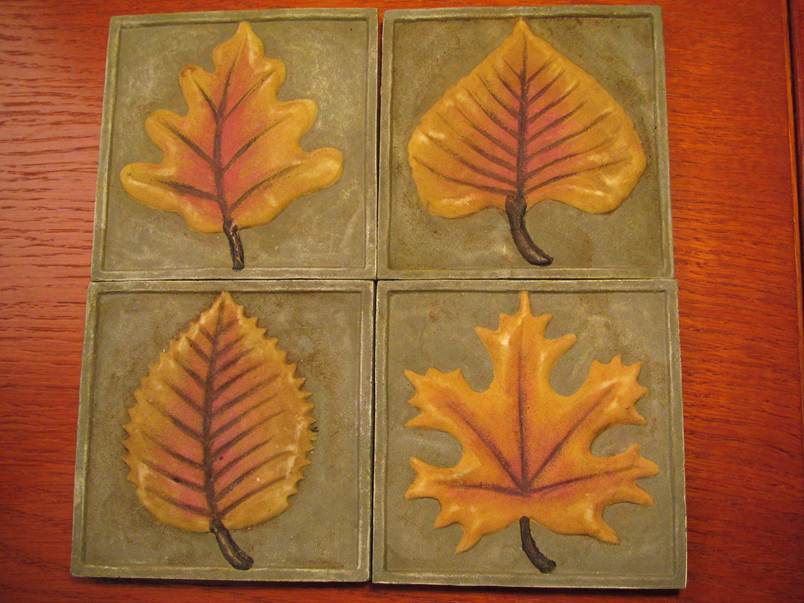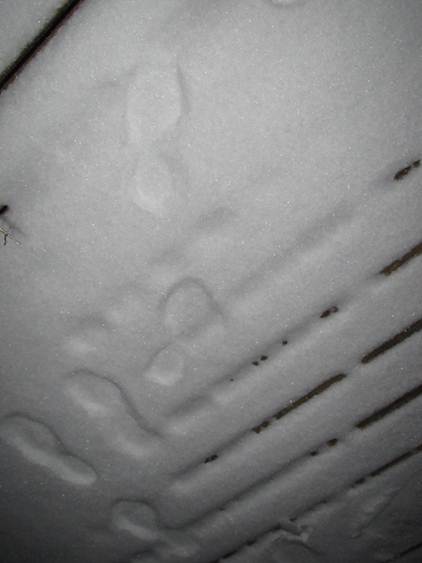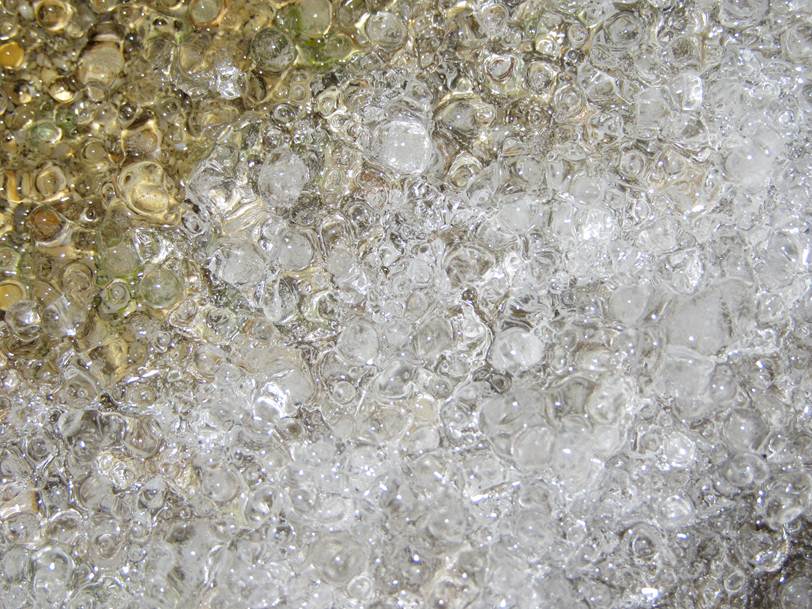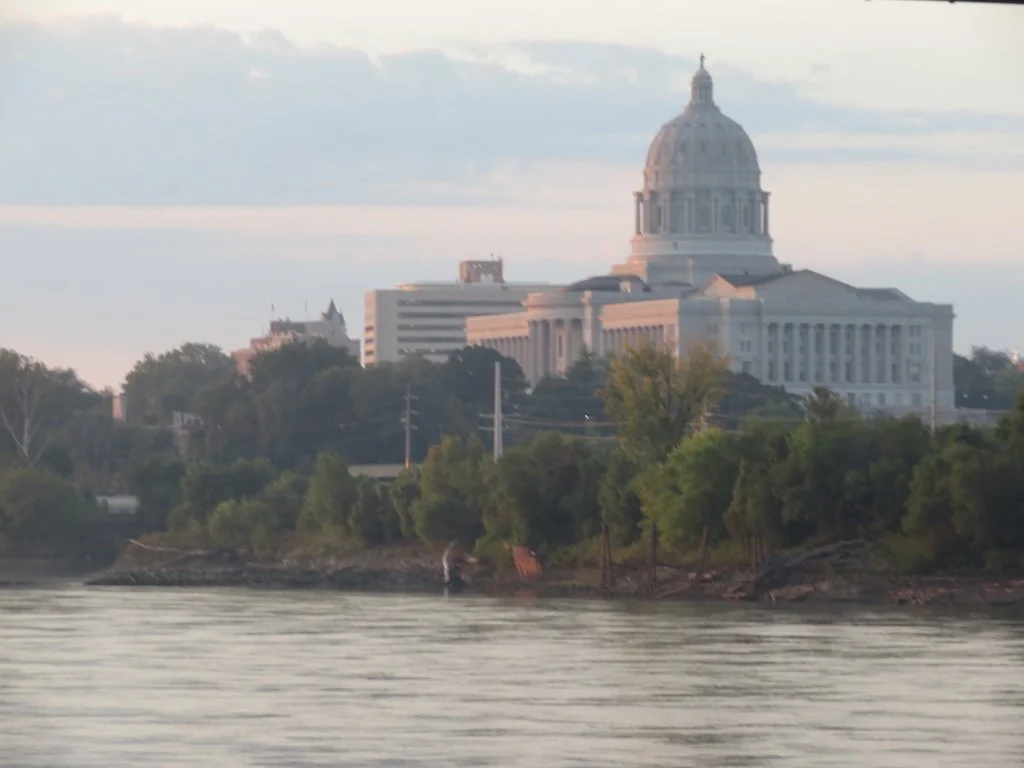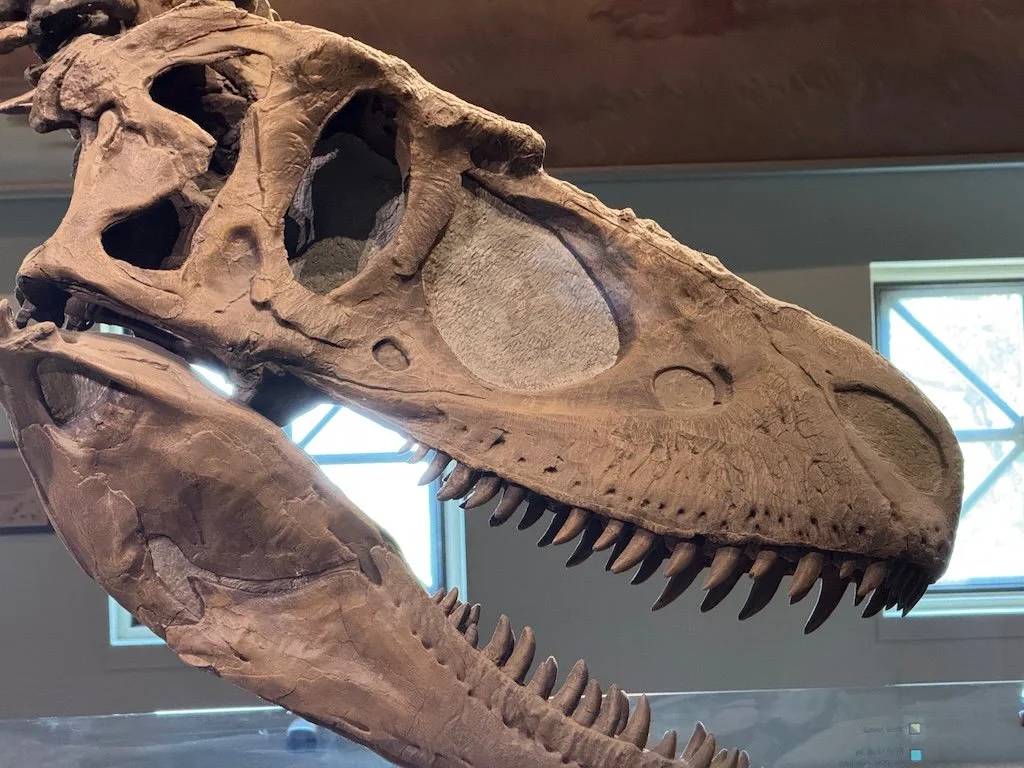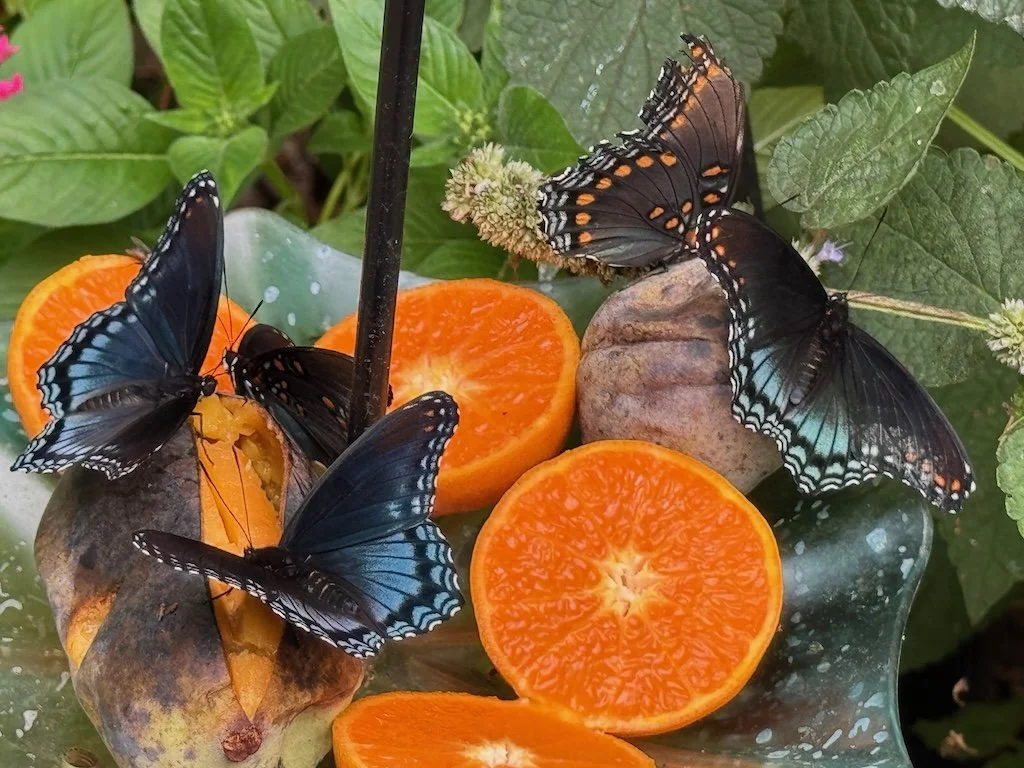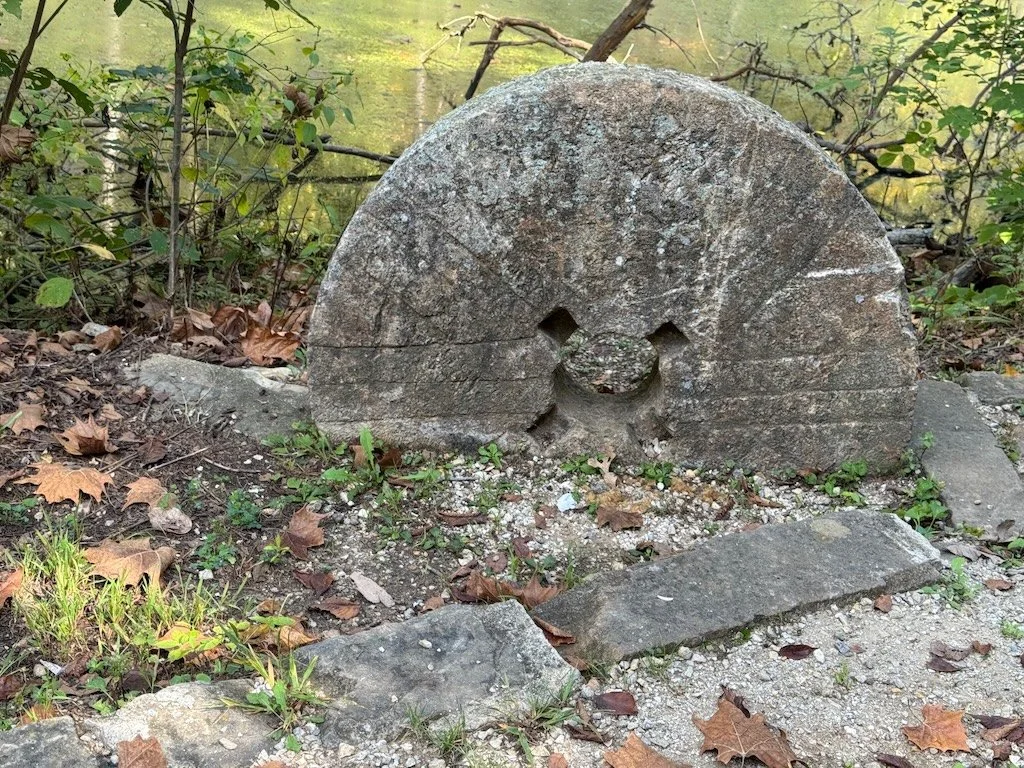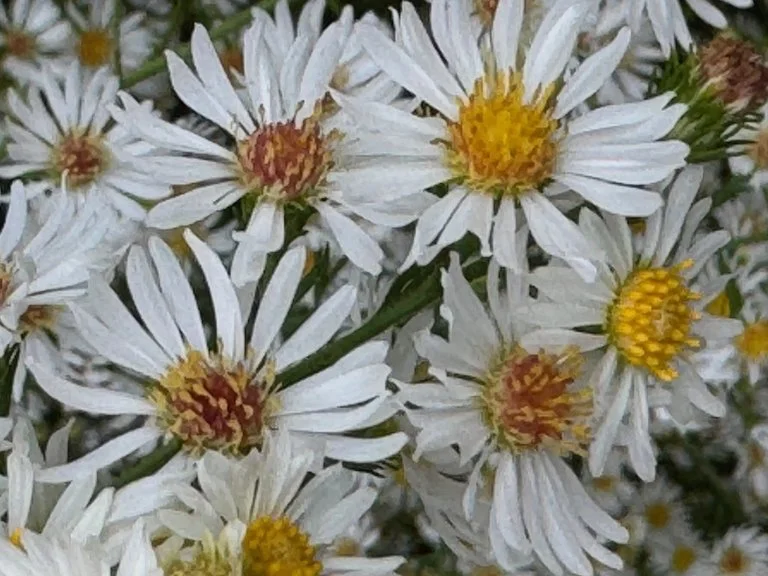Scientific work requires intelligence, creativity, education and determination. As a result, the history of science is always the history of a select group of individuals. - Margaret Alic in Hypatia's Heritage (Beacon Paperback)
~~~~~
Which of the requirements for scientific work (intelligence, creativity, education and determination) is the most challenging for the US population today? Determination would by my top pick and the others lag behind it by quite a lot. There are plenty of intelligent people…lots of good ideas…education is available but linked to determination just as closely as scientific work is. Our high schools and colleges have plenty of capacity in science and engineering yet we hear frequently that there are not enough US students - even though scholarship programs that support science and technology studies are available to top students. So - it comes back to determination and perseverance.
And that is going against the grain of popular culture which has tended toward the sound bite, the quick gratification, instant feedback. After a while it becomes harder to focus on one thing for very long. Determination is needed for scientific work because it can’t be accomplished without deeper thinking…and that takes longer blocks of time. It takes a commitment that evidently few are willing to make.
The ‘select group of individuals’ that make scientific history is becoming more and more self-selected based on determination rather than anything else. Statistically, it is still possible to see gender bias in some fields of science but there has been tremendous progress over the past 50 years that has accelerated in the last 20. The instances of women doing scientific work but not receiving appropriate credit are gone.
The future health of the economy, both in the world and the US, is highly dependent on the innovations that come from the scientists and engineers among us. There needs to be a cultural inflection point toward viewing determination….thinking and acting for a longer term objective…as a positive attribute for more of our population. It would improve our capacity for scientific work and a lot of other endeavors as well.
) which proposed that software development should be viewed and managed as a knowledge acquisition activity. The author provides a thought provoking perspective on the history and future of the way we capture then transfer knowledge.




